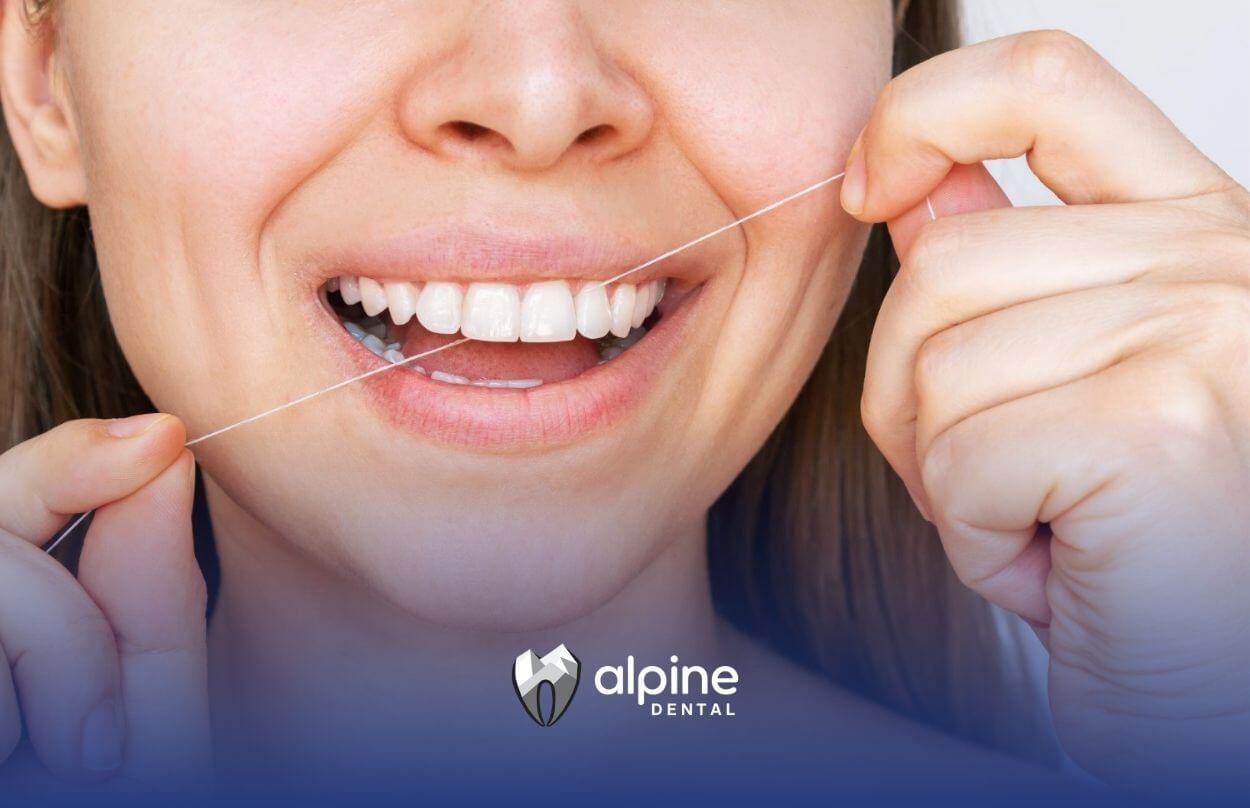Key Oral Yeast Infection Symptoms That Indicate a Problem
Oral yeast infection symptoms often manifest as creamy white patches and persistent discomfort in the mouth. A patient may struggle with swallowing, notice a cottony sensation or experience altered taste. Recognizing these signs of oral candidiasis supports timely diagnosis and care. This article outlines key symptoms that warrant attention, along with testing methods and next steps.
Oral Yeast Infection
Definition And Causes
Oral yeast infection, also known as thrush or candidiasis, occurs when the fungus Candida albicans overgrows on oral tissues. Normally present in the mouth, this organism lives in balance with other microbes. When immunity weakens or the environment changes, due to antibiotics, inhaled steroids or dentures, yeast multiplies and causes lesions.
At-Risk Groups
Certain individuals face higher risk of oral candidiasis:
- Babies and older adults with lower natural immunity
- Patients undergoing chemotherapy or HIV treatment
- People using broad-spectrum antibiotics or corticosteroids
- Denture wearers who skip overnight cleaning
Core Symptoms To Watch
Affected individuals may present one or more of these primary signs:
- Slightly raised, creamy white plaques on the tongue, inner cheeks or roof of the mouth
- Red, inflamed patches that feel sore when touched
- A cottony or dry feeling in the oral cavity
- Pain or burning sensation during eating and speaking
- Altered sense of taste, such as a metallic or unpleasant flavor
These core symptoms signal that Candida has shifted from harmless resident to active pathogen. If lesions bleed when gently scraped, medical evaluation is advised.
White Patches And Lesions
Creamy White Plaques
White lesions resembling cottage cheese are the hallmark of pseudomembranous candidiasis. They often cover the tongue, buccal mucosa or tonsils. Scraping a plaque reveals red, inflamed tissue that may bleed slightly.
Red Erythematous Areas
In erythematous candidiasis, flat red patches replace white plaques. Tissue appears raw and may burn. This form is common under dentures or in patients using inhalers.
Lesion Bleeding
When lesions bleed on contact, it indicates deeper mucosal inflammation. Persistent bleeding warrants prompt dental or medical assessment.
Pain And Discomfort
Burning Sensation
A burning feeling, especially on the tongue or roof of the mouth, often accompanies active infection. Patients may describe it as “hot” or “stinging.”
Cottony Feeling
The constant sense of cotton or dryness signals that normal saliva and mucosal lubrication are compromised.
Altered Taste
Also called dysgeusia, taste changes range from a metallic flavor to complete loss of taste. This symptom can affect appetite and nutrition.
Swallowing And Feeding Issues
Difficulty Swallowing
If Candida spreads toward the throat, patients may experience dysphagia or the sensation of food sticking. This often indicates esophageal involvement.
Infant Feeding Challenges
Babies with thrush may refuse to nurse or bottle-feed, exhibit fussiness and show feeding aversion. These signs deserve evaluation to prevent weight loss.
Breastfeeding Transmission
A nursing mother can develop nipple pain, itching or shiny areola skin when infection passes from infant to breast. Coordinated treatment for mother and baby is essential.
Spread And Secondary Signs
Esophageal Involvement
In weakened patients, thrush can extend into the esophagus, causing pain on swallowing and chest discomfort. Consultation and upper-GI testing confirm this spread.
Skin And Mucosal Spread
Rarely, Candida invades skin folds, the lungs or bloodstream in immunocompromised patients. Early oral signs may prevent severe complications like candidemia and sepsis.
Types Of Oral Candidiasis
A quick comparison of common forms:
| Type | Appearance | Typical Location |
|---|---|---|
| Pseudomembranous | Creamy white plaques | Tongue, cheeks, tonsils |
| Erythematous | Flat red inflamed areas | Palate, under dentures |
| Chronic Hyperplastic | Firm white persistent plaques | Buccal mucosa, lips |
Diagnosis And Testing
Clinical Examination
A dentist or physician inspects the mouth for characteristic lesions and asks about symptoms such as pain, burning or feeding changes.
Laboratory Analysis
A swab of the lesion sent for microscopic analysis confirms Candida species. Culture tests identify resistant strains.
Blood Work For Underlying Causes
In cases resistant to treatment or in patients with systemic symptoms, blood tests screen for diabetes, HIV or other immune-compromising conditions.
When To Seek Care
Immediate evaluation is recommended if a patient presents:
Early referral to a dentist or physician can prevent complications and ensure appropriate antifungal therapy.
Prevention And Care
- Maintain excellent oral hygiene, including gentle brushing and flossing
- Clean and disinfect dentures daily, remove them at night
- Rinse mouth after using inhaled corticosteroids
- Limit sugar intake and address dry mouth with saliva substitutes
- Attend regular dental checkups for early thrush detection
Conclusion
Recognizing key oral yeast infection symptoms, such as white plaques, burning sensations and swallowing challenges, enables timely diagnosis and treatment. A coordinated approach between dental and medical professionals helps address underlying risks and restore oral health. Patients and caregivers who notice persistent or severe signs should seek professional guidance without delay.
If you or a loved one is experiencing signs of an oral yeast infection, such as white patches, soreness, or difficulty swallowing, don’t wait. At Alpine Dental, our team offers thorough evaluations and gentle treatment options in Lakewood, NJ to restore your comfort and oral health.
Call us today to schedule an appointment and get the care you need from dental professionals who understand your unique dental needs.
Frequently Asked Questions
What causes oral yeast infections?
Oral yeast infections, or oral thrush, are commonly caused by an overgrowth of Candida albicans, often triggered by factors like antibiotic use, dry mouth, dentures, diabetes, or weakened immune systems.
How can I tell if it’s just a sore or a yeast infection?
Oral thrush typically appears as white, creamy lesions on the tongue, inner cheeks, or roof of the mouth, and may cause burning or discomfort, unlike a simple sore which usually has a clear outline and heals faster.
Are oral yeast infections contagious?
They’re not usually contagious in healthy individuals, but those with weakened immune systems or infants may be more vulnerable to transmission, especially through shared utensils or close contact.
SOURCES:
https://www.mayoclinic.org/diseases-conditions/oral-thrush/diagnosis-treatment/drc-20353539
https://my.clevelandclinic.org/health/diseases/10956-thrush
https://www.nhs.uk/conditions/oral-thrush-mouth-thrush/
https://www.who.int/news-room/fact-sheets/detail/candidiasis-(yeast-infection)
https://www.colgate.com/en-ph/oral-health/mouth-sores-and-infections/oral-thrush




